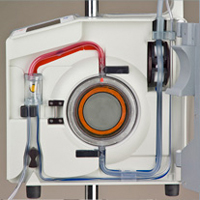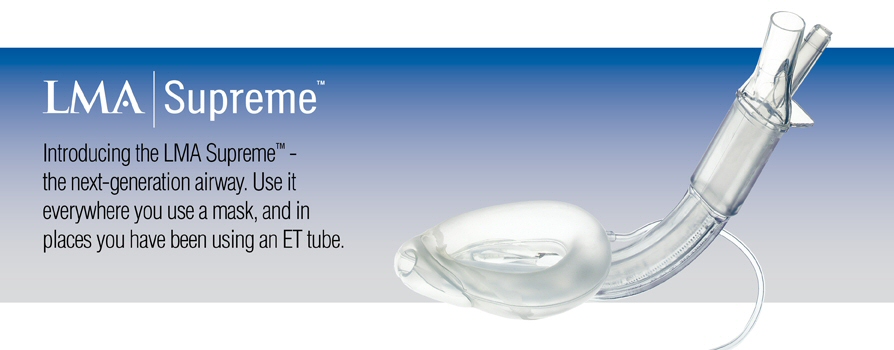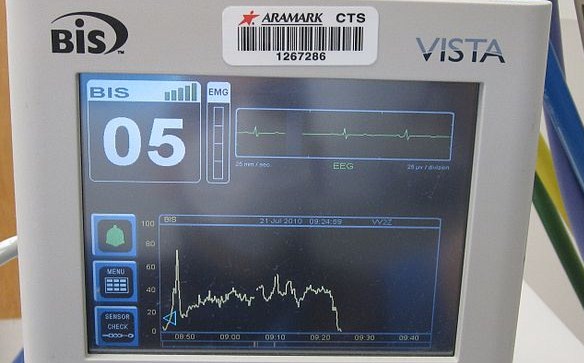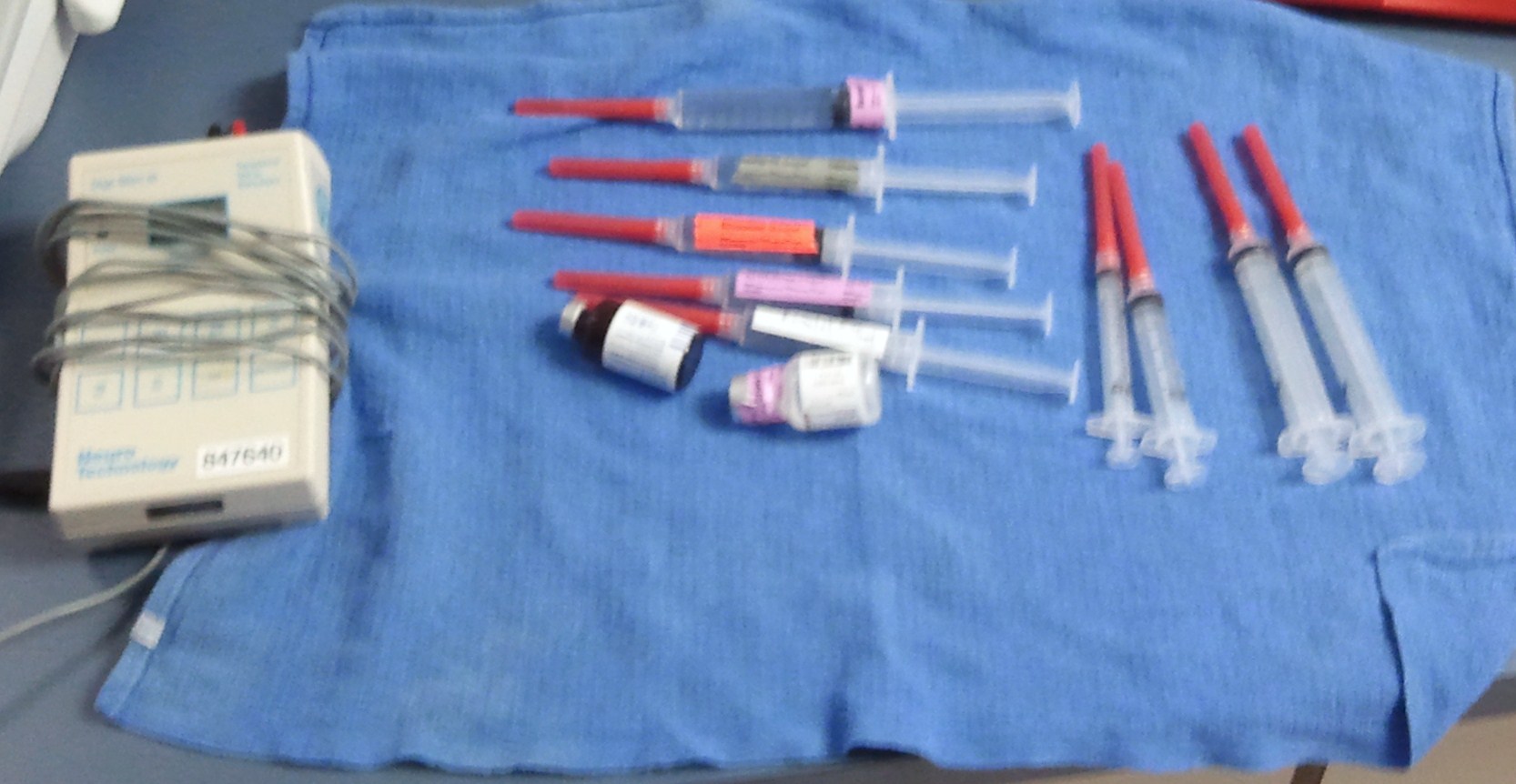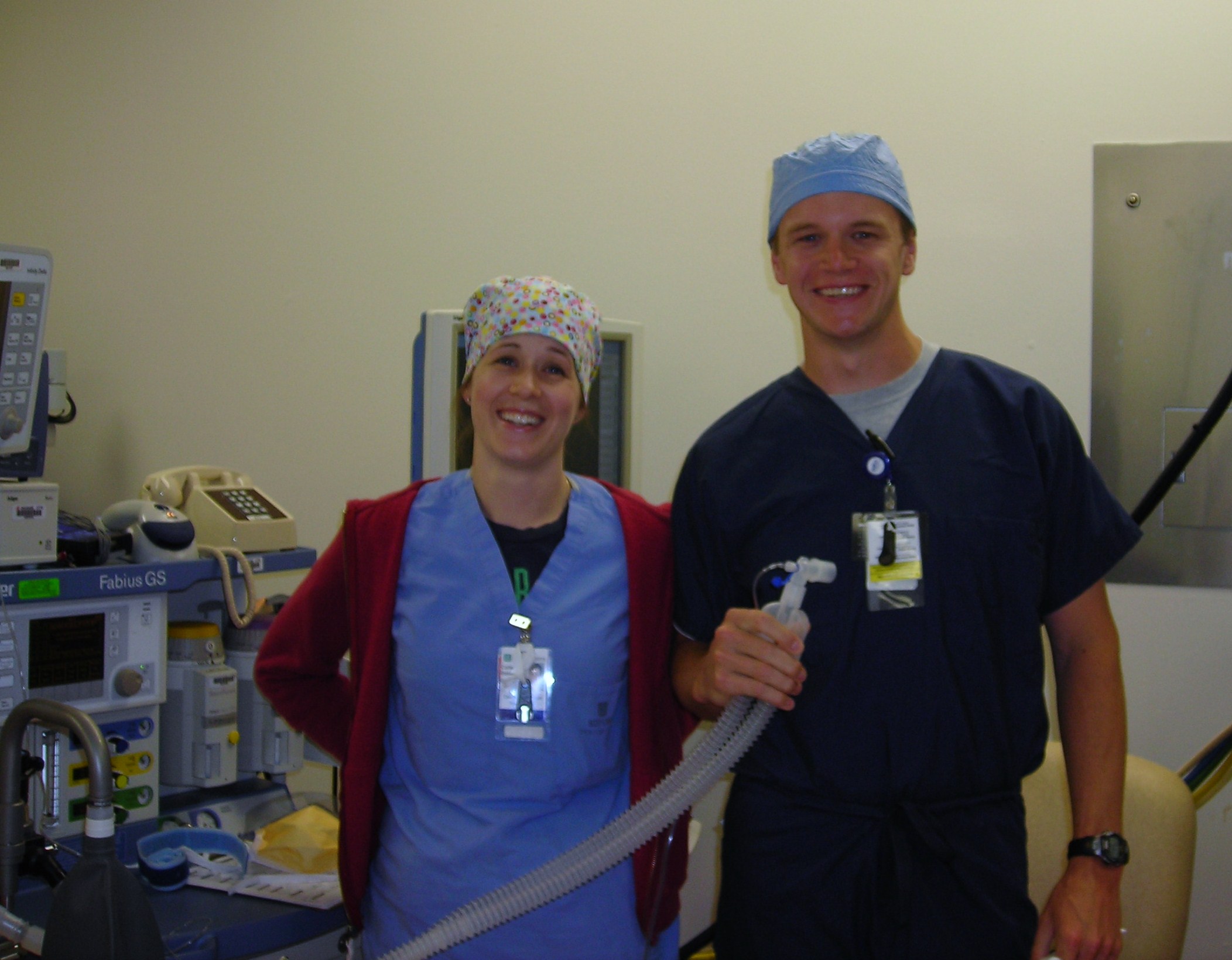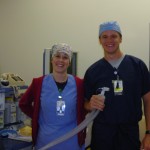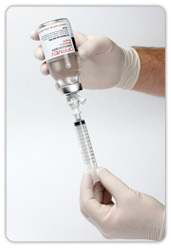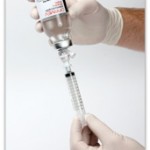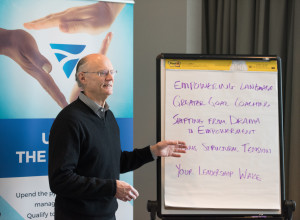 Submitted by Pamela Chambers, CRNA, MSN, EJD
Submitted by Pamela Chambers, CRNA, MSN, EJD
A guy walks into a bar… he says to the guy next to him, “My laryngoscope is bigger than your laryngoscope”. Unbeknownst to guy #1, guy #2 was a surgeon and was offended to be mistaken for an anesthetist. So guy #2, Dr. Alice, punches guy #1, Dr. Guedel, in the jaw.
Now Dr. Alice has an injured and deformed right hand. He goes to see his friend Dr. Adson – the plastic surgeon. Dr. Adson observes how distraught Dr. Alice is and tells him he can indeed fix his injured hand. Dr Adson tells Dr. Alice that he can give him a good hand so that he can return to surgery.
During the procedure, Dr. Adson realizes he must apply a skin graft to effectively correct Dr. Alice’s injured hand. The operative consent gives Dr. Adson permission to use a skin graft if necessary during the procedure. Dr. Adson obtains skin from Dr. Alices’s chest for use in the skin graft.
Days later, Dr. Alice returns to see Dr. Adson for a follow-up visit and to have his bandages removed. Both doctors observe hair growing from the grafted skin that now is growing on Dr. Alice’s right hand. Dr. Alice is distraught and decides to sue Dr. Adson. But under what theory? If a malpractice suit is filed, Dr. Adson would have to establish negligence and all of the required elements necessary to sustain such a theory. Additionally, expert witness testimony would be needed to establish standard of care and the deviation from it if present.
Dr. Alice sued Dr. Adson for breach of contract. Dr. Adson promised Dr. Alice “a good hand”, presumably that meant a hand free of hair. Does this sound absurd? Well a contract claim can be more advantageous in some circumstances over a malpractice claim. Why? Because, the remedy that is awarded in a contract claim is the difference between what was promised in the contract and what is present. There is no question of wrongdoing, no questions of standards of care, and no pesky expert witness. When there exists a dispute as to the terms of a contract, courts try to interpret contracts based what the parties intended at the time of the agreement. In Guilmet vs. Campbell, 385 Mich.57. 188 N.W.2d 601 (1971), a jury found for the plaintiff under a breach of contract theory. In this case the surgeon promised a particular result. The patient suffered severe postoperative after-effects – which were very different from the promise of “it’s a very simple operation… you’ll be out of work 3-4 weeks at most”.
As with all areas of jurisprudence, the measure of damages in a breach of contract suit can be computed various ways. Expectancy damages would be some amount that would place the plaintiff in the position that he would have had if the contract had been performed as promised. Whereas restitution damages would be an amount equivalent to the benefit conferred upon the defendant by breaching the contract. In Sullivan vs. O’Connor, 363 Mass.579, 296 N.E2d 183 (1973) the court decided to compute damages using an intermediate method – reliance damages. In Sullivan, the plaintiff recovered expenditures and costs that he bore as a result of the defendant’s breach of their contract.
Who said the only contracts in the hospital were the ones in administration??

